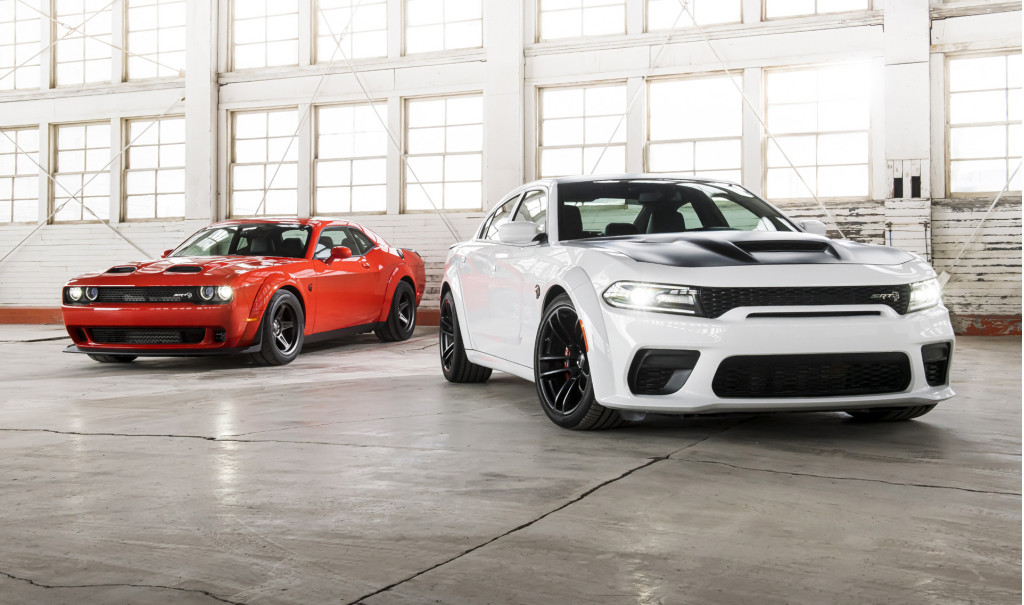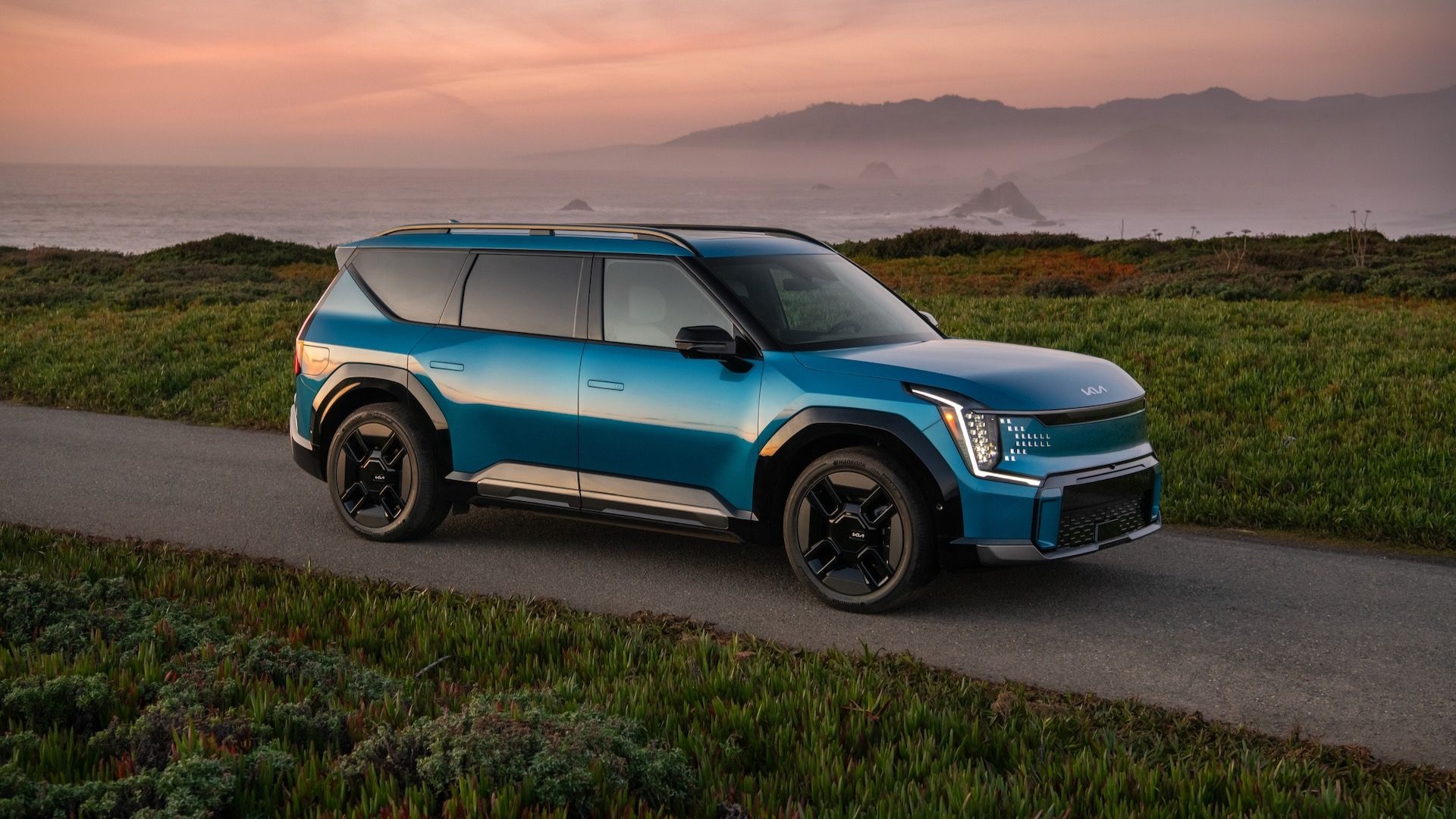The U.S. Environmental Protection Agency announced Monday that it’s finalizing standards for tailpipe emissions and fuel economy—with what it describes as the most ambitious standards for light-vehicle greenhouse-gas emissions ever.
The targets effectively replace the lax standards introduced by the Trump administration in 2020. Those covered 2021 through 2026 with a 1.5% annual increase replacing the 5% annual increases through 2025 as set by the Obama administration.
The new standards pick up with the 2023 model year and mostly follow the most stringent track as outlined in early proposals, attempting to recover some of the ground lost by the Trump rules, slightly exceeding the original plan in model-year 2025 and significantly exceeding it in 2026.
The result, it says, will be a projected 28.3% cumulative reduction in fleet greenhouse gas (GHG) emissions.
Transportation is the greatest single source of GHG emissions in the U.S.

EPA maps out 2023-2026 fleet rules vs. SAFE and Obama-era
The advocacy organization behind Consumer Reports called it "a win for consumers and the climate," and the Environmental Defense Fund called it “a holiday gift for all Americans,” pointing to the importance of working on tighter standards for 2027 and beyond, toward a 2035 all-EV target.
The EPA claims that the benefits of the new rule exceed the cost by as much as $190 billion and span beyond climate change to improved public health and cost savings to vehicle owners.
Not all groups focused on the positives. The Union of Concerned Scientists and the Center for Biological Diversity were among the organizations pointing out that these new standards still fall short of what's needed to close loopholes that allow a lower level of climate achievement than top-level targets might suggest.
Those groups were among several to point to the so-called compliance mechanisms that the Biden administration has left open in the new standards—including most notably a number of ways automakers can get regulatory-credit boosts. That has already led to a glut of credits that will in upcoming years allow full-line automakers to produce more gas-guzzling vehicles that don’t keep up with the new standards.

2020 Dodge Challenger SRT Super Stock and 2021 Dodge Charger SRT Hellcat
As if underscoring that, the EPA confirms that the new rules will be largely met without electrification—meaning the vast majority of the 2026 vehicle fleet will still have tailpipes. By 2026, the EPA anticipates that just 7% of the new vehicle fleet will have “strong hybrid” powertrains, and EVs and plug-in hybrids combined will make up just 17%.
Perhaps more importantly, the EPA confirmed with the rulemaking that it will step up standards for smog-forming emissions, as enabled by the Clean Air Act, for model year 2027 and later. That could help make up for a weaker reduction in smog-forming emissions from power generation, caused by the likely defeat of the administration’s Build Back Better proposal.













